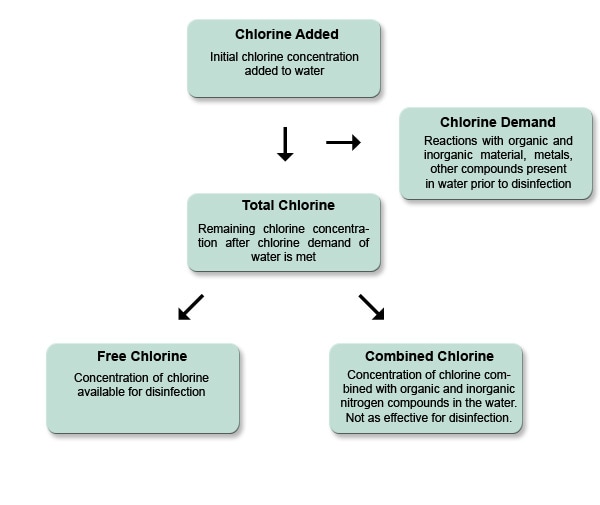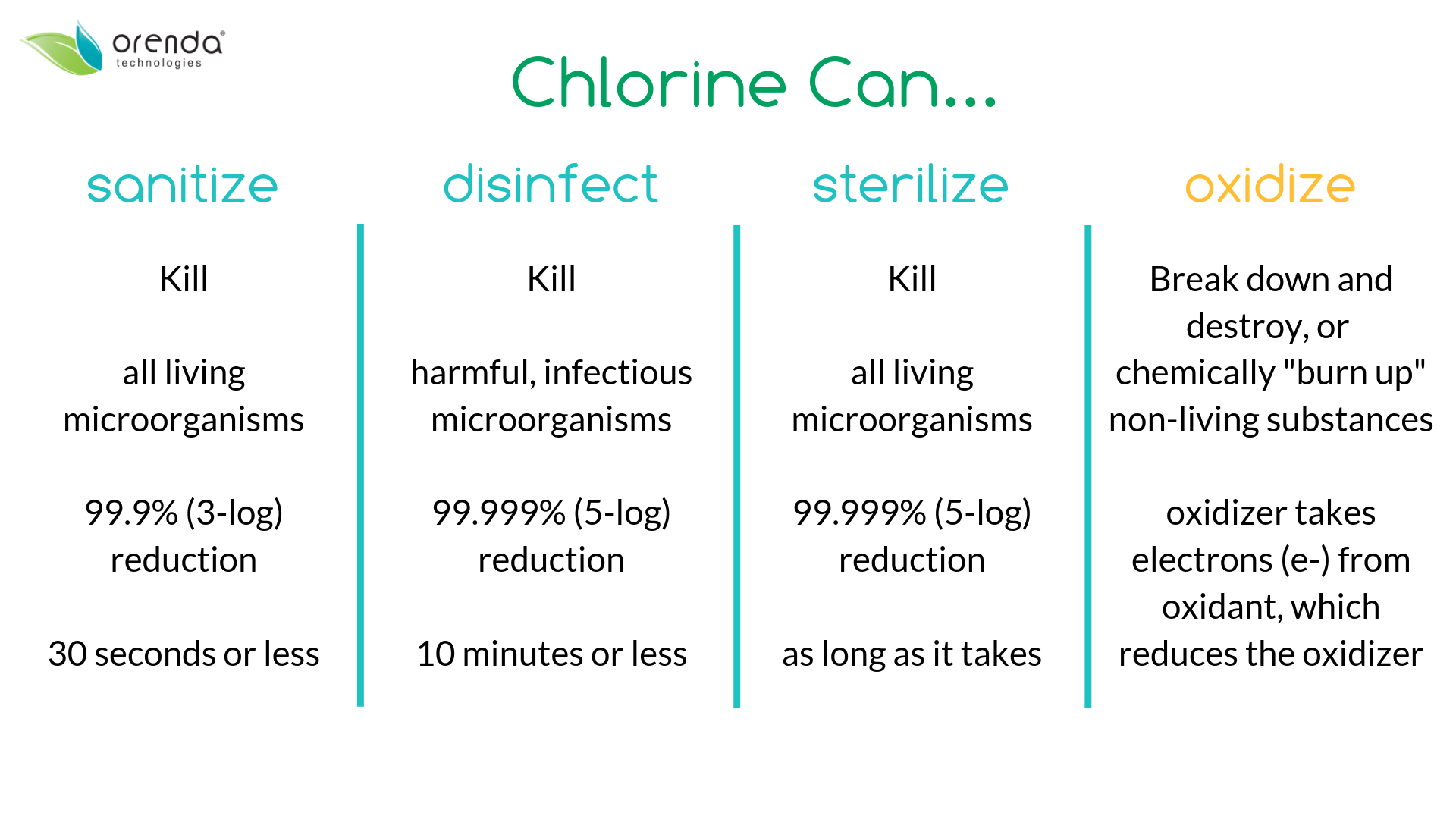free chlorine lower than total chlorine
To make sure your pool is sanitized your free chlorine should remain higher than your combined chlorine. Combine chlorine total chlorine free chlorine.

A How To Guide 7 Tips To Lower Chlorine Levels In Your Pool
Raise the Level of Pool Chlorine Raising pool chlorine can be much easier than trying to lower chlorine levels.

. Shocking your hot tub water. The level of total chlorine should always be greater than or equal to the level of free chlorine. If your total chlorine level is higher than the free chlorine level the difference of the two are the combined chlorine levels.
0 ppm for a stabilized pool. Ideal range 20 to 40 ppm safe range 10 to 60 ppm. And so it is with chlorine.
The total chlorine level is the sum of the free chlorine and combined chlorine levels in the pool. Ideally less than 02 ppm safe below 05 ppm. Should be equal to free chlorine most of the.
When chlorine binds up with contaminants it forms a compound called chloramines that are still part of the total but no longer effective. If free chlorine measurements are higher than total chlorine using a DPD method check the alkalinity and pH of the sample. Simply adding chlorine in the form of chlorine tablets granular.
Its because free chlorine is 25 times more effective at sanitizing pool water than used up combined chlorine is. Why do you want to measure free chlorine as opposed to total chlorine. This is a normal reading.
However if your free chlorine reading is different than your total chlorine reading then theres a problem. The only way that test result is valid is if your Combined Chlorine is -81. The Pool and Hot Tub Alliance recommends keeping free chlorine levels between 20 and 40 parts per million ppm.
To keep your hot tub water clean your free chlorine should be higher than your total chlorine. Free Chlorine FC Combined Chlorine CC Total Chlorine TC If the free and total chlorine levels are identical that means there isnt a presence of combined chlorine in your swimming pool. An overnight Free Chlorine test shows of 10 ppm or less.
Combined Chlorine CC Levels should ideally be zero. When adding the DPD reagent a pH of 63 should be observed. Total Chlorine is the measure of free and combined chlorine therefore the free chlorine cannot be higher than the Total Chlorine.
Free Chlorine Combined Chlorine Total Chlorine. The test will help you determine the value of total chlorine and free chlorine. If total chlorine and free chlorine are equal it means that the chlorine has not started reacting.
On the other hand if the free chlorine level is lower than the total chlorine level you can calculate the combined chlorine. So when you see the level of free chlorine and total chlorine are the same you wont need to use the combined chlorine in the pool. InTheSwim recommends 20 to 3.
Nevertheless total chlorine shouldnt be higher than free chlorine with a high margin. High pH and alkalinity can cause low total chlorine values. If the total chlorine level is higher than the free chlorine level the difference of the two is the combined chlorine level.
Combined Chlorine CC Levels should never exceed 1. The chlorine that is still active to remove contaminants is known as free. When you are testing your water for total chlorine you are measuring the sum of free chlorine and combined chlorine.
The formula of chlorine is free chlorine combined chlorine total chlorine. Keeping this in consideration how do you increase total chlorine. Additionally can free chlorine be higher than total chlorine.
What is the right amount. Your total chlorine level should be between 2 and 4 ppm. These are the good parts of chlorine that are active and able to change chemically to sanitize your pool.
Samples with pH of 76 or above may have 250 ppm alkalinity or above. Combined chlorine levels should not be above 05 parts per million and swimmers are likely to be more comfortable if the level is below 02 parts per million. If the value is greater than 02 it shows that you need to treat the hot tub with a shock.
Then find the combined chlorine by subtracting the free chlorine from the total chlorine. The easiest way to check your chlorine levels. In general the free chlorine level should remain between 15 and 25 parts per million.
At most the number can be the same meaning no girls. When the chloramine level is higher than the free chlorine level subtract free number from total then you need to shock the water. You will need to shock your hot tub water.
If monochloramine measurements are significantly greater than total chlorine meaning the difference in values is not due to the precision of the test the following should be considered. FAC CAC TC. It is normal for total chlorine to be higher than free chlorine.
The Centers for Disease Prevention and Control recommends pH 7278 for pools and hot tubs. Total chlorine is the amount of chlorine used or not in your water. Is your total chlorine too high.
In order for your pool to be properly sanitized the free chlorine level must remain higher than the combined chlorine level. In the test if your free chlorine reading matches your total chlorine reading your pool is NOT experiencing a high demand for chlorine. Why Should You Maintain Chlorine Levels in A Pool.
Between 10 and 30 parts per million. Total chlorine should always be equal to or greater than monochloramine measurements. For a healthy pool the free chlorine level should be between 10 and 30 parts per million ppm.
Combined Chlorine CC Levels should not exceed 50 of Free Chlorine FC levels for FC in the range of 0 2 ppm. As long as the chlorine is effectively attacking pollutants the value of the free chlorine will decrease making the total chlorine slightly higher. Free Chlorine Free chlorine refers to the amount of chlorine that has yet to combine with chlorinated water to effectively sanitize contaminants which means that this chlorine is free to get rid of harmful microorganisms in the water of your swimming pool.
But if the free chlorine is lower than the total chlorine level the difference between these two is called the combined level of chlorine. Free chlorine is the most important type of chlorine to monitor because it is responsible for actively sanitizing your pool. In other words none of the chlorine has been utilized yet.
This is why its so important to test your pool water regularly. For example if your free chlorine FAC levels and total chlorine TC levels are the same then theres no combined or used chlorine in your water and theres no need to add any chemicals today. Free chlorine combined chlorine and total chlorine can be easily understood with the following equation.

Difference Between Free Chlorine And Total Chlorine Compare The Difference Between Similar Terms
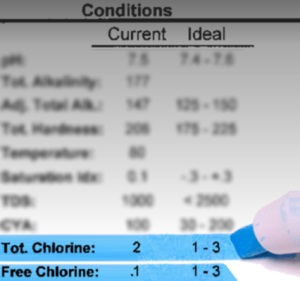
Maintaining Swimming Pool Chlorine
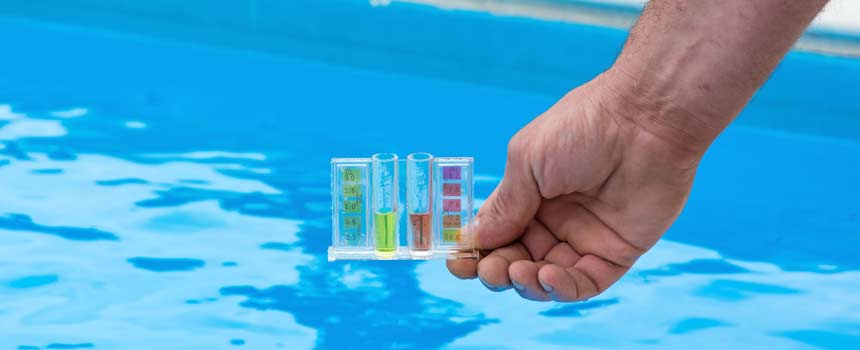
What Are Free Chlorine Combined Chlorine And Total Chlorine Pool Calculator

Free Vs Combined Vs Total Chlorine What S The Difference Atlas Scientific

Difference Between Free Chlorine And Total Chlorine Compare The Difference Between Similar Terms
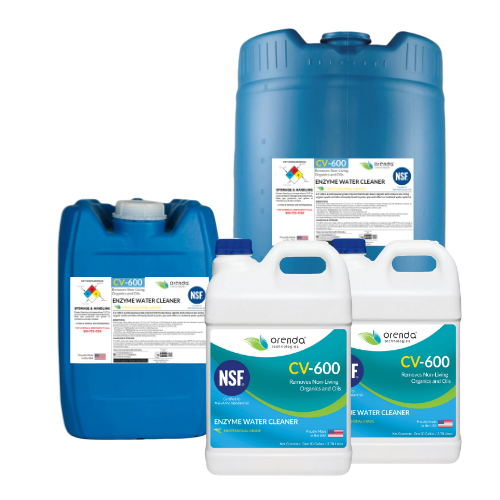
Ways To Reduce Combined Chlorine
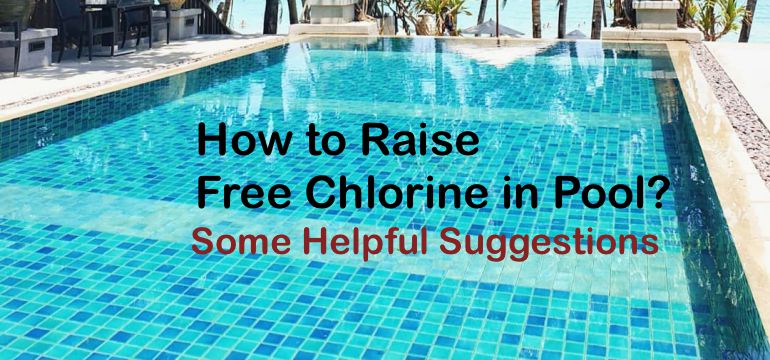
How To Raise Free Chlorine In Pool Some Helpful Suggestions

Ways To Reduce Combined Chlorine

A How To Guide 7 Tips To Lower Chlorine Levels In Your Pool
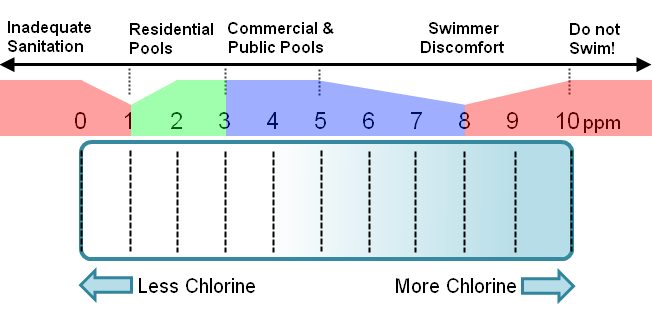
Raising Swimming Pool Chlorine

Raise Or Lower Levels Of Pool Chlorine The Pool Factory

Free Chlorine Vs Total Chlorine Forbes Advisor

Chlorination Pee In The Pool The Chemistry Of Swimming Pools Compound Interest

Ways To Reduce Combined Chlorine

Free Vs Combined Vs Total Chlorine What S The Difference Atlas Scientific
How To Lower Your Pool S Chlorine Levels The Easy Way Poolpartstogo
The Difference Between Total And Free Chlorine
